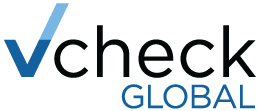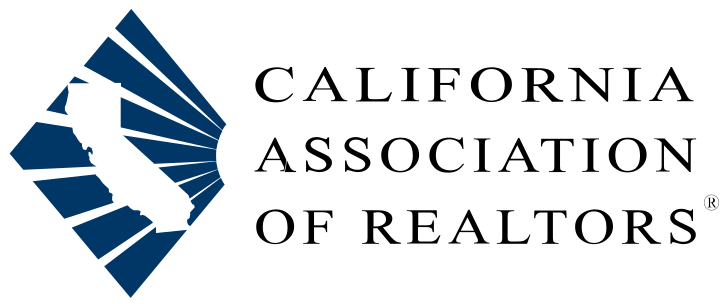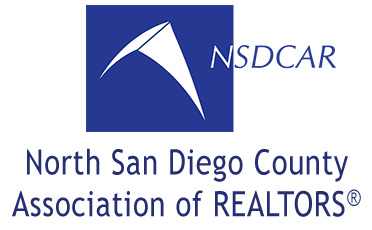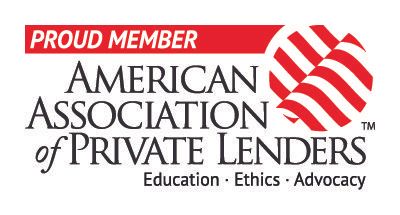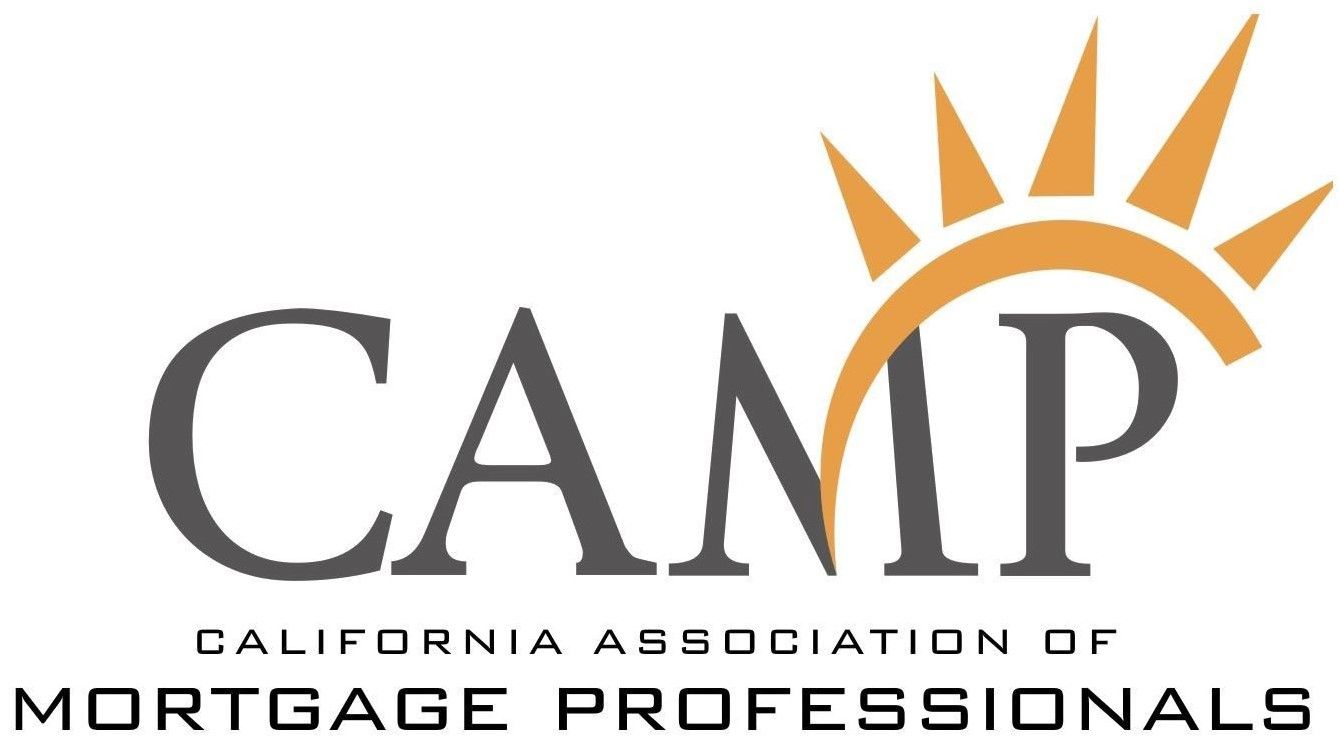Glossary of Terms
-
Appreciation
Appreciation refers to the increase in the value of a property over time. Appreciation can be caused by a number of things including inflation, the increase in demand or a decrease in the supply of properties. Appreciation can also take into account added value as a result of property improvements (such as upgrading a kitchen, bathroom, adding sq. ft., or other key improvements, etc.), or increasing the income, if it's an investment property. Appreciation is usually projected as a percentage of the property’s value over the course of a year.
-
Break Even Ratio (BER)
BER is a ratio some lenders calculate to gauge the proportion between the money going out to the money coming in, so they can estimate how vulnerable a property is to defaulting on its debt, if the rental income declines. BER reveals the percent of income consumed by the estimated expenses.
Total Operating Expenses
+ Debt Service
÷ Effective Gross Income
= Break Even Ratio (BER)
-
Bridge Loan
A bridge loan is a short-term loan used until a person or company secures permanent financing or removes an existing obligation. This type of financing allows the user to meet current obligations by providing immediate cash flow. The loans are short-term, up to three years, with relatively high-interest rates and are usually backed by some form of collateral such as real estate or business inventory.
-
Capitalization Rate (Cap Rate)
This popular return expresses the ratio between an investment property’s value and its net operating income. The cap rate formula commonly serves two useful investing purposes: To calculate a property’s cap rate, or by transposing the formula, to calculate a property’s reasonable estimate of value.
Net Operating Income
÷ Market Value
= Cap Rate
OR
Net Operating Income
÷ Cap Rate
= Market Value
-
Cash on Cash Return (COCR)
COCR is the ratio between an investment property’s cash flow in a given year and the amount of initial capital investment required to make the acquisition (e.g., down payment and closing costs if financing the property). Most investors usually look at cash-on-cash returns as it relates to cash flow before taxes during the first year of ownership.
Cash Flow Before Taxes
÷ Initial Capital Investment
= Cash-On-Cash Return (COCR)
-
Cash Flow Before Tax (CFBT)
CFBT is the number of dollars a property generates in a given year after all expenses, but in turn still subject to the investor’s income tax liability.
Net Operating Income
- Debt Service
- Capital Expenditures
= Cash Flow Before Tax (CFBT)
-
Cash Flow Property
A cash flow property is an investment property that generates a surplus of money each month after all expenses have been paid. Cash flow properties are highly sought after by investors.
-
Debt Service Coverage Ratio (DSCR)
DSCR is a ratio that expresses the number of times annual net operating income exceeds debt service (i.e., total loan payment, including both principal and interest).
Net Operating Income
÷ Debt Service
= Debt Service Coverage Ratio (DSCR)
DSCR Results Legend:
Less than 1.0 – Not enough NOI to cover the debt.
Exactly 1.0 – Just enough NOI to cover the debt.
Greater than 1.0 – More than enough NOI to cover the debt.
*Typically, most lenders require a minimum DSCR of 1.15 - 1.25, depending on the specific loan program and a number of other factors.
-
Effective Gross Income (EGI)
EGI is gross annual income, including other income sources such as laundry, parking, garage, storage, pet, utility reimbursements, etc. less vacancy/collection loss and any potential underwriting adjustments. Consider EGI as the amount of rental income the investor actually collects to service the investment property.
Gross Annual Income
- Vacancy/Collection Loss and any Potential Underwriting Adjustments
= Effective Gross Income (EGI)
-
Gross Income Multiplier (GIM)
GIM is a simple method used by analysts to determine an investment property’s market value solely based upon its gross income. You first calculate the market GIM by valuating what other like kind properties have sold for to determine market value. Then take those properties annual scheduled rents, including other income sources such as laundry, parking, garage, storage, pet, utility reimbursements, etc., and then divide the gross annual income into the sales price.
Market Value
÷ Gross Annual Income
= Gross Income Multiplier (GIM)
Then apply that market GIM to determine the market value for your own property.
Gross Annual Income
x Gross Income Multiplier (GIM) *
= Market Value
*Typically, the mean is used across the selected comparables to determine the applicable market GIM to be applied to the subject property.
-
Gross Annual Income (GAI)
GAI is the annual income an investment property would generate if 100% of all space were rented and all rents collected, including other income sources such as laundry, parking, garage, storage, pet, utility reimbursements, etc. If vacant units do exist at the time of your analysis, then include them at their achievable market rent.
Rental Income (actual)
+ Vacant Units (at market rent)
+ Other Income Sources
= Gross Annual Income (GAI)
-
Leveraged Return
A leveraged return is the return calculated on an investment property that takes advantage of financing. It is calculated by subtracting the expenses incurred by the property (including the interest payment on the loan) from the income produced by the property and dividing that by the initial capital investment.
Effective Gross Income
– Expenses (including interest payment)
÷ Initial Capital Investment
= Leveraged Return
This differs from the cash-on-cash return because it includes the principal pay down as part of the return.
While slightly riskier, using leverage is advantageous to investors as it provides higher returns, and enables them to diversify across multiple properties. For example, an investor can purchase one property for $100,000. The same investor can get four properties of $100,000 each, by putting down $25,000 on each property.
-
Loan to Value (LTV)
LTV measures what percentage of an investment property’s appraised value or selling price (whichever is less) is attributable to financing. A higher LTV benefits investors with greater leverage, whereas lenders regard a higher LTV as a greater financial risk.
Loan Amount
÷ Lesser of Appraised Value or Selling Price
= Loan to Value (LTV)
-
Net Operating Income (NOI)
NOI is an investment property’s income after being reduced by vacancy/collection loss and any potential underwriting adjustments, and all operating expenses. NOI is one of the most important calculations to any real estate investment because it represents the income stream that subsequently determines the property’s market value. That is, the price an investor is willing to pay for that income stream.
Effective Gross Income
- Total Operating Expenses
= Net Operating Income (NOI)
-
Operating Expenses
Operating expenses include those costs associated with keeping an investment property operational and in service. These include property taxes, insurance, utilities, and routine maintenance. They do not include payments made for loans, capital expenditures or income taxes.
-
Operating Expense Ratio (OER)
OER expresses the ratio (as a percentage) between an investment property's total operating expenses dollar amount to its effective gross income dollar amount.
Total Operating Expenses
÷ Effective Gross Income
= Operating Expense Ratio
-
Single Family Rentals (SFRs)
A single-family rental, or SFR is a free-standing residential investment property designed to house one family that was purchased by an investor and rented to a tenant. SFRs are defined in opposition to a multifamily property, though properties up to a fourplex are sometimes classified as SFRs as well. Properties with more than four units are defined as multifamily properties, requiring a commerical loan. Single family investment properties generally appeal to families; so from an investment perspective, may be seen as more stable, as families tend to want to stay in one place for longer, especially when they have children. The downside is, if you lose your tenant, you lose all your income. From that perspective, one could argue a case that a multifamily investment property may be seen as more stable.
-
Turn Key Property (TKP)
A TKP is an investment property that has been purchased, rehabbed and rented to a tenant and is now for sale to another investor. Turnkey properties usually cash flow from the moment the investor purchases it, since the property is already rented.
-
Vacancy Provision
The money that investors set aside to prepare for future vacancy is called a vacancy provision. It is a percentage of the gross annual income. The average vacancy provision in a core market is 3% - 5% and 6% - 10% in tertiary markets.




